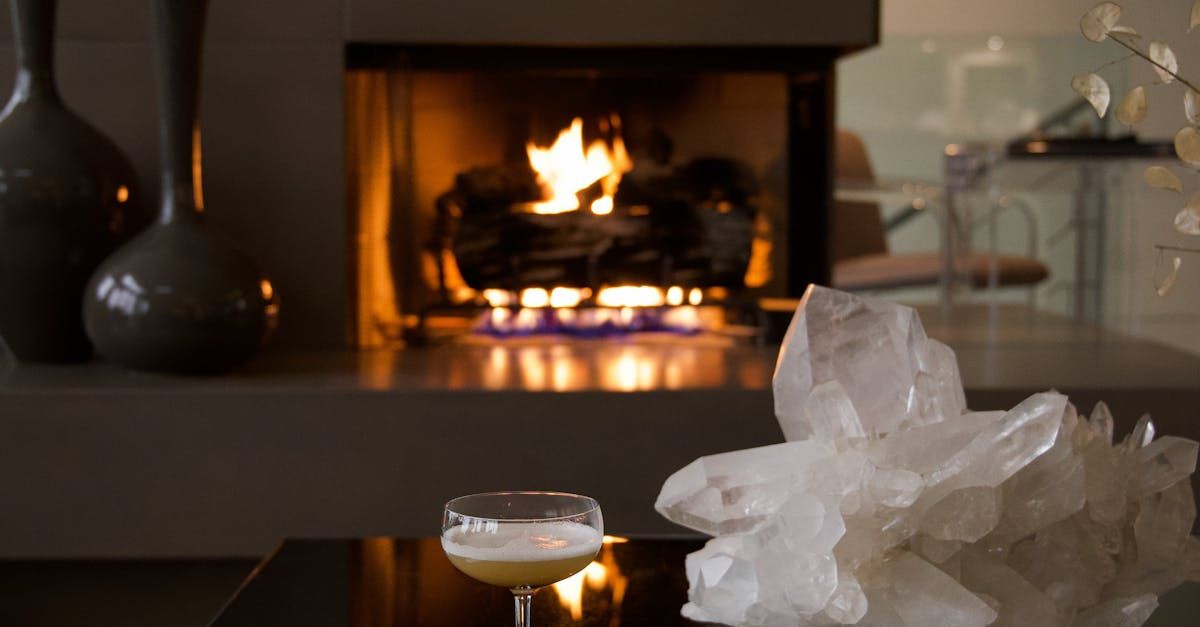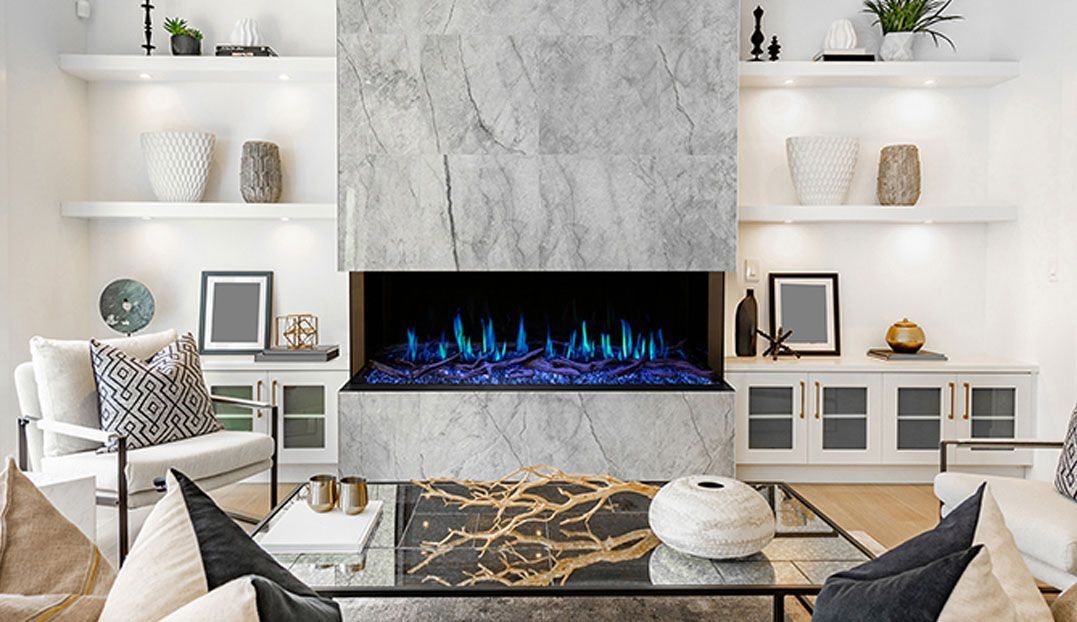
There's something wonderfully comforting about a fire burning in your wood stove or fireplace on a chilly day. It provides warmth, ambiance, and a touch of nostalgia. But if you're new to lighting fires, it can seem intimidating. Don’t worry, though! This step-by-step guide will walk you through how to safely and efficiently start a fire in your wood stove or fireplace, even if you've never done it before.
Step 1: Gather the Right Materials
The key to a successful fire is having the right materials. Here's what you’ll need:
- Dry Firewood: Hardwood (like oak, maple, or hickory) is best for long-lasting heat. Softwoods (like pine) burn faster and are great for getting the fire going but aren’t ideal for long-term burning.
- Kindling: Small, dry sticks or splinters of wood. These catch fire easily and help ignite the larger logs.
- Fire Starters: You can use crumpled newspaper, fire-starting sticks, or wax fire starters. Avoid using any liquid accelerants like gasoline or lighter fluid.
- Tinder: Dry, fluffy material such as pine needles, dry leaves, or bark to catch the initial spark.
- Matches or a Lighter: You'll need these to light your tinder.
Step 2: Prepare the Fireplace or Wood Stove
Before you start, make sure that your wood stove or fireplace is clean. Old ashes can restrict airflow, making it harder to get the fire going. Also, check that your chimney or flue is open to allow proper ventilation.
Wood Stove
If you’re using a wood stove, crack the door slightly when starting your fire to help with airflow. After the fire is established, you can close it.
Fireplace
Ensure the damper is open and that there are no blockages in the chimney. If possible, crack a window nearby to improve airflow in the room and help the fire draw better.
Step 3: Build the Fire – The "Top-Down" Method
There are several ways to build a fire, but the top-down method is great for beginners because it produces less smoke and burns more efficiently.
1. Start with Large Logs at the Bottom:
Place two to three larger pieces of dry firewood parallel to each other at the bottom of the fireplace or wood stove. Make sure they are tightly stacked but leave a little space between them for air to circulate.
2. Add Smaller Logs and Kindling:
On top of the large logs, stack smaller logs in a criss-cross fashion. This helps the fire breathe. Then, add a layer of kindling—small, dry sticks or splinters of wood—on top of the smaller logs.
3. Place Tinder and Fire Starter on Top:
Finally, place your tinder (like dry pine needles or crumpled newspaper) and fire starters on top of the kindling. These will catch fire quickly and burn downwards, igniting the kindling and eventually the larger logs below.
Step 4: Light the Fire
Using a match or lighter, ignite the tinder at the top of the stack. Since the fire is burning from the top down, it will burn more cleanly and steadily, consuming the logs in an orderly fashion.
Pro Tip:
If the room or stove is cold, the air in the chimney might cause the smoke to back up into the room. To prevent this, light a piece of rolled-up newspaper and hold it inside the stove or fireplace near the flue for a few seconds to warm up the air. This encourages the smoke to rise and helps with the initial draft.
Step 5: Maintain the Fire
Once your fire is burning well, you can start adding more wood as needed. Here's how to keep it going:
- Add wood gradually: Don’t overload the fire with too many logs at once. Add one or two pieces at a time, allowing the fire to maintain a steady burn.
- Keep airflow in mind: Wood needs oxygen to burn efficiently, so make sure not to smother the fire. If you’re using a wood stove, adjust the air intake to regulate the burn.
- Avoid poking too much: While it may seem like poking the fire will help, too much disruption can weaken it. Only poke or rearrange the logs if they are smoldering or not burning well.
Step 6: Safety First!
Whenever you're dealing with fire, safety is paramount. Keep these tips in mind:
- Never leave a fire unattended: Always keep an eye on it, especially if you have pets or small children around.
- Use a fire screen or stove door: This prevents sparks from flying out and reduces the risk of accidents.
- Keep a fire extinguisher nearby: In case of emergencies, it’s always good to have one within reach.
- Properly extinguish the fire: When you're done, allow the fire to burn down to ashes. Use a fireplace poker to spread out the remaining embers and let them cool. Don’t leave until the fire is completely out.
Starting a fire in a wood stove or fireplace may seem tricky at first, but with the right technique and materials, you’ll be warming up in no time. Follow these steps, be patient, and always prioritize safety. Once you get the hang of it, there’s nothing quite like the crackling sound of a cozy fire on a chilly evening.











